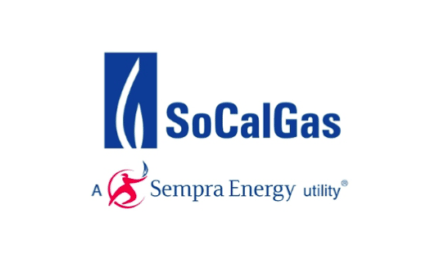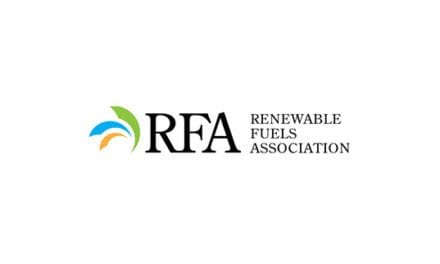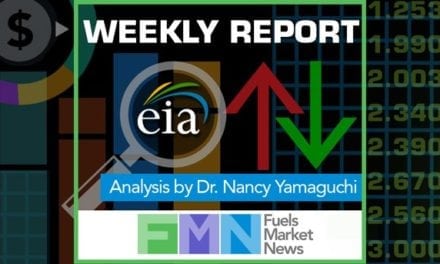These well regarded reports are now streamlined for greater accessibility. Full versions of these reports, similar to THIS one offering far greater detail, will soon be available for an annual subscription at $995 per month.
$45/B WTI Reference Price
By Paul Kuklinski
The 42% spike in WTI since August to the January peak provided US and other producers an attractive opportunity to hedge their 2018 capital program. An acceleration of US production growth is occurring, primarily from the Permian Basin. Coupled with the growth in other non OPEC production from Canada, Brazil, and Kazakhstan, non OPEC production in 2018 has the potential exceed the growth in world oil demand, which would reverse OPEC’s success in reducing surplus OECD oil inventories.
WTI is $59/B, down 11% from its January high near $67/B. Brent is selling at a $63/B, with a premium near $3.50/B over WTI. Its January high was over $71/B. The Brent premium blew out to over $7/B in December and has contracted since.
The 42% run-up in WTI from $47/B in August to its January peak was the result of OPEC’s 1.8 million barrels daily (MMBD) production cut implemented January 1, 2017 and an unusual number of one off events including pipeline disruptions, hurricanes, and a brutal January cold snap as wells as increased geopolitical anxiety.
The OPEC cut targeted a reduction in surplus OECD inventories to the 5 year average, which it calculated was 318 million barrels (MMB) larger at the beginning of 2017 and at a record high of 380 MMB larger in 1Q16. The OECD accounts for 48% of total world oil demand. OPEC targeted a $60-65/B oil price at the time it announced its cut which was recently surpassed.
By OPEC’s estimate the surplus in OECD inventories fell to 109 MMB in December. When it announced its cut, OPEC anticipated the surplus in OECD inventories would have declined much faster. Instead, production in Libya and Nigeria increased. They were exempted from the cut because of internal upheaval which depressed their production to unusually low levels. In 2017, Iraq’s production averaged 4.47 MMBD, which is 123 thousand barrels daily MBD above its quota under the OPEC cut.
When OPEC announced its cut, it also did not anticipate the robust growth in US unconventional production. Total US crude and liquids production increased 1.59 MMBD over the year in 4Q17.
US Drilling Responds to Oil Prices with a Lag
The US oil rig count responded strongly to the announcement of OPEC’s production cut and the resulting jump in oil prices a year ago. Producers used the opportunity to hedge their production.
After a high of $53/B in February, WTI declined to a low under $47/B in July. With a typical lag, the oil directed rig count eventually flattened and then declined 4%, hitting a low of 738 in November.
With the strong upswing in oil prices from August, again with a typical lag, the US oil rig count increased 7% to a high of 791 in the latest week.
US production growth accelerated during 2017 with strong momentum in early 2018. The sequential increase of 881 MBD in 4Q17 was the strongest of the year. It is projected to increase another 460 MBD Q/Q to 14.35 MMBD in 1Q18.
The cost per well continued to decline in 2017 and wells are now more productive, significantly improving return on investment for producers and reducing the oil price needed to breakeven after offsetting the cost of oilfield services inflation. The new US tax law will reduce breakevens in US resource plays by $2/B and by $4/B on average in the Gulf of Mexico.
OPEC’s Challenge
If the decline in WTI from the January peak to the upper $50s perhaps mid $50s persists, past experience indicates the oil rig count may flatten somewhere not far above 800 in May or June where it may stabilize, if oil prices stabilize. In that event, the current explosive growth in US crude and liquids would slow, but still reach 15.70 MMBD in 4Q18, up 1.82 MMBD over 4Q17.
Permian producers are OPEC’s biggest challenge. The recovery in US activity is led by the Permian Basin, where the rig count is 55% of the total US oil directed rig count. In 4Q17, Permian oil production was 2.66 MMBD, up 612 MBD year over year Y/Y. Other Lower 48 oil production also increased 595 MBD. Preliminary estimates of 1Q18 production show a 245 MBD sequential increase in the Permian, while other onshore production declines 18 MBD.
If the Permian rig count also flattens in May or June, Permian production would reach 3.75 MMBD in 4Q18, up 1.10 MMBD Y/Y. All other US oil production including the Gulf of Mexico is projected to increase 25 MBD over the period.
Latest data shows the surplus in OECD inventories will increase seasonally in 1Q18, and then remain relatively flat the next 3 quarters to end the year 37% larger than OPEC’s December estimate.
$45/B WTI Reference Price
National Oilwell Varco believes that current investment decisions for projects around the world, including offshore, are being judged attractive if they compare favorably with the `consensus view of the Permian Basin breakeven price of roughly $45/B WTI. Fears persist that oil prices could revisit that level.’
If weakness oil prices approaches the $50/B WTI level so as to threaten $45, producers are likely to curtail drilling activity, and with a typical lag, the current robust growth in production will slacken.
If WTI is able to sustain $60/B for a time, the oil rig count will continue to grow. With a lag, continued robust growth in US production will cause OECD surplus oil inventories to once again build at a hefty rate, ultimately driving oil prices lower.
Either way, the price of WTI is likely to range somewhere near $55/B, with volatility, into next year. The Permian Basin is now the world’s swing oil producer, with a lag.
Boston Energy Research provides a detailed, in depth, monthly analysis of the latest data to provide an updated road map of future oil prices. Phone: 442 256-4407
 Paul Kuklinski has selected equity investments in the energy sector for major institutional investors for over 30 years. In his experience, the future price of oil is the dominant investment variable. He founded Boston Energy Research in 1992 to provide independent research to large financial institutions. He was previously a Partner at Cowen & Company and a founding Partner of Harvard Management Company, which in the 1970s built a weighting over 50% in the energy sector in the Harvard Endowment equity portfolio. It generated substantial realized gains.
Paul Kuklinski has selected equity investments in the energy sector for major institutional investors for over 30 years. In his experience, the future price of oil is the dominant investment variable. He founded Boston Energy Research in 1992 to provide independent research to large financial institutions. He was previously a Partner at Cowen & Company and a founding Partner of Harvard Management Company, which in the 1970s built a weighting over 50% in the energy sector in the Harvard Endowment equity portfolio. It generated substantial realized gains.









